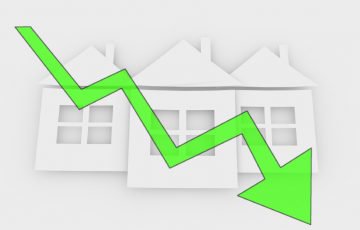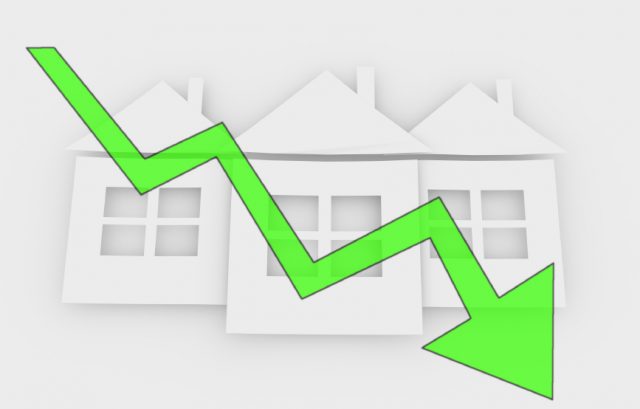Final Pre-Brexit House Price Data Revealed
The final pre-Brexit house price data to be released has been published by the Land Registry, which found that annual price growth has been led by London, while the North East storms ahead with the highest monthly increase.
The figures, for May 2016, show that house prices across the UK have risen by 8.1% on an annual basis, taking the average property value to £211,230. On a monthly basis, house prices rose by 1.1% on April.
The year-on-year growth for the UK was led by England, where house prices increased by 8.9% over the last 12 months, taking the average value to £226,807. Monthly house price growth stood at 1.0% in May.

Final Pre-Brexit House Price Data Revealed
Wales saw an annual price rise of just 3.6%, which takes the average property value to £142,568. Over the month, house prices were up by 0.9% in May.
However, the greatest annual price increase was recorded in London, where values are up by 13.6% since May 2015 and the average price now stands at £472,163. On a month-on-month basis, values rose by 1.5%.
Regional house price data
Although London experienced the greatest increase in annual house price growth, the North East recorded the highest monthly increase, at 2.1%.
Despite this, the North East saw the lowest annual price growth, of 3.2%.
The most significant monthly price fall was experienced in the North West, with a decline of 0.3%.
Property sales
Following a surge in property sales in March 2016, ahead of the Stamp Duty deadline for buy-to-let landlords and second homebuyers, transactions fell by 42.3% in April to the lowest level since May 2013. Data for May 2016 shows that sales have only recovered slightly since this substantial decrease.
Figures for March, the most up-to-date Land Registry data available, show that the amount of completed house sales in England soared by 52% to 102,597 annually.
Wales also saw a huge increase, of 49%, to 5,002 sales. However, London experienced the greatest rise in property sales, of a huge 60.6%, reaching 14,783 in March.
The founder and CEO of eMoov.co.uk, Russell Quirk, comments: “The latest official house price index for May and last of the pre-Brexit property landscape echoes that of its predecessors from Halifax and Nationwide.
“A healthy annual increase of nearly 9% across England, with May continuing the upward trend seen for a while now, with a further 1% increase.”
He adds: “However, despite London seeing the largest annual growth, perhaps the shock of the bunch is the North East outperforming the capital with the greatest monthly growth of 2.1%.
“We’ve monitored the slow but steady demand growth in the North East, and it seems that this is starting to translate into an increase in prices, albeit marginal at the moment.
“In terms of sales volume, the market has certainly levelled out since the artificial spike of April’s Stamp Duty deadline. Although there has only been a slight recovery, this is to be expected and will probably take a month or two more before it returns to a level we might expect for this time of year.”









